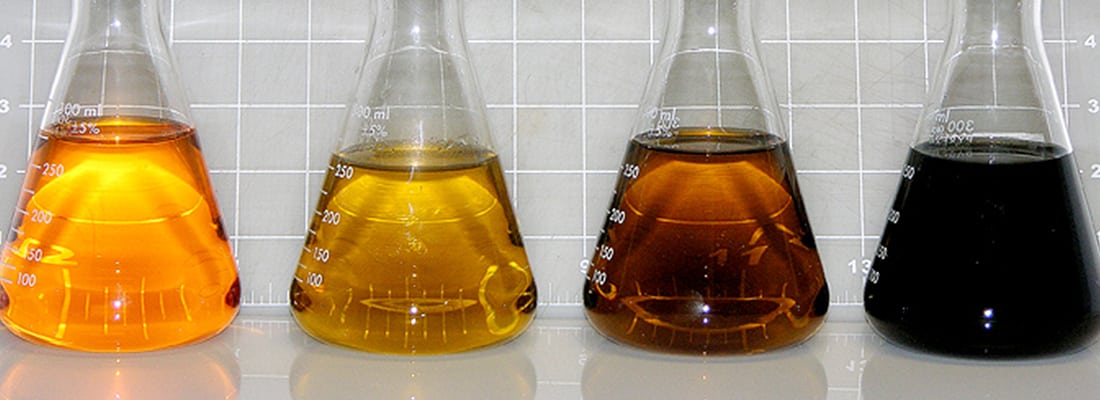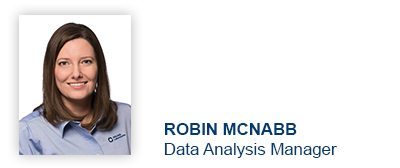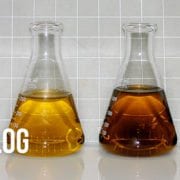Oil, Coolant and Fuel Contamination

It doesn’t matter if it came from outside the equipment, was generated inside the equipment or if it worked its way into the oil from another system in the machine, contamination is any substance that isn’t supposed to be in the fluid being tested.
Most people think of contamination as something working its way into the equipment from the outside. Water and many types of particles, like dirt, sneak in through cracks, broken seals or unprotected ports, but in equipment with physical and chemical reaction occurring inside of it, foreign substances are only part of what we consider “contamination”.
Some contaminates are created during equipment operations. Soot is a natural byproduct of diesel combustion and commonly works its way into the engine oil, which is why the oil is formulated with additives to deal with soot. Lubricant additives are designed to protect components and prolong oil life; however they can become contaminants when heat, pressure or a chemical reaction causes them to fall out of suspension.
Fluids from other systems can be contaminants, such as coolant and fuel mixing with engine oil. All three systems need to operate in conjunction with the others, and leaks happen. Small holes and cracks between the oil and cooling systems could leak fluid one-way, so testing both fluids is recommended to catch leaks early. Over-fueling or worn cylinder rings can lead to fuel entering crankcase oil. Either way, cross-contamination from other systems is a sign of a mechanical problem that needs to be fixed before it escalates into a breakdown.
The type of equipment and application will determine what contamination could affect it and what tests to perform. The Contamination Flagging Limits technical bulletin has more information on how POLARIS Laboratories® determines the severity of contamination.

Proven Impact. Proven Uptime. Proven Savings.
Let us prove it to you.




